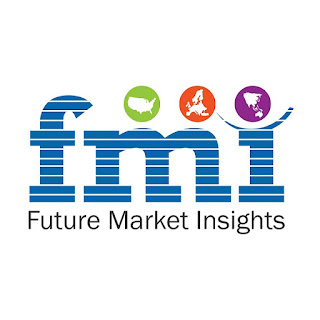Injectable Drug Delivery Market Size, Share, Trend and Global Analysis by Type, Application, Key Players, Region and Forecast 2023 To 2033
Throughout the projected period, the market for Injectable Drug Delivery Market is anticipated to deepen its foundations at a constant CAGR of 8.9%. The market has a share of US$ 45.3 billion in 2023 and anticipates US$ 106.4 billion in sales by 2033.
The market for injectable medication delivery is anticipated to reach US$ 41.5 billion in 2022 and is anticipated to grow at a CAGR of 8.9% from 2022 to 2028, reaching US$ 69.13 billion by the end of 2028. The needle-free injectable drug delivery market dominated the overall injectable drug delivery market in 2017 based on product type.
Additionally, due to its simplicity of use, the subtype of prefilled needle-free injectors is anticipated to have a major share of the needle-free type of injectable drug delivery market. Due to the existence of numerous manufacturers of injectable drug delivery devices, the most of which are based in the United States, North America is predicted to continue to dominate the global market for injectable drug delivery.
Request Sample Report@ https://www.futuremarketinsights.com/reports/sample/rep-gb-393
The market for injectable medication delivery is anticipated to expand due to the rising prevalence of chronic diseases including diabetes, cancer, and rheumatoid arthritis as well as other considerations like the necessity for patient-controlled drug release and an elevated risk of needle stick injuries. Better product options are now available in the market for injectable medicine delivery due to technological improvements.
However, some factors such as strict regulatory framework and premium pricing of products are expected to hinder the growth of the injectable drug delivery market. The key trend of the injectable drug delivery market is the increasing demand for point-of-care devices. Injectable drug delivery devices are easy to self-administer and do not require a healthcare professional for administration, which as a result skips the need of hospital visits and relatively lowers the healthcare spending for an individual.
The global injectable drug delivery market has been segmented on the basis of product type, usage, end users and regions. The disposable injectable drug delivery segment is expected to be the most attractive usage segment. Among the three end users, the hospital pharmacies is expected to be the dominant segment due to benefits such as favourable reimbursement policies in most of the countries across the globe.
Over the forecast period, the market for injectable drug delivery is anticipated to grow at a CAGR of 8.9% in terms of value. Due to the region's expanding manufacturer base and early acceptance of new technologies, North America dominated the regional market for injectable medication delivery in 2017, accounting for almost 32% of global sales. With Germany, the U.K., and France holding the majority of the market share, Western Europe is predicted to be the second-largest market for injectable medication delivery. Due to the low capital requirements for manufacturing injectable drug delivery, APEJ is anticipated to be the third largest market for injectable drug delivery.
Key Research Findings
- Increase in demand for point-of-care devices and reduced reliance on healthcare facilities are driving the growth of the global injectable drug delivery market
- North America will be the dominant regional market for injectable drug delivery devices due to early adoption of advanced technologies
- Most of the major players operate from the U.S., which makes the U.S. the leading market for injectable drug delivery devices in North America
- In Europe, a large number of diabetes patients are switching towards needle-free injectable drug delivery devices from conventional injections since it is a painless process and reduces the risk of needle stick injuries
- Disposable injectors are the most commonly available type of injectors since they are user friendly and do not require special skills for administration
- Prefilled needle-free injectors are the most preferred type of injectors since they are much easier to administer than the fillable type
- Price control for most of the injectable drug delivery devices is fierce. For instance, Mylan was pressurised to launch the generic version of the EpiPen to reduce the price of the product in the market. However, this has declined the revenue of the company.
- In developed regions, such as North America and Europe, hospitals are the dominant distribution channel due in injectable drug delivery due to the reimbursement policies
- The growing competition in the emerging market and the rising demand for injectable drug delivery are the future opportunities for the growth and expansion of the injectable drug delivery market.
Key Segments:
Product Type:
- Self-Injectors
- Needle-free Injectors
- Auto-Injectors
Usage:
- Disposable Injectors
- Reusable Injectors
Distribution Channels:
- Hospital Pharmacies
- Retail Pharmacies
- E-commerce

Comments
Post a Comment